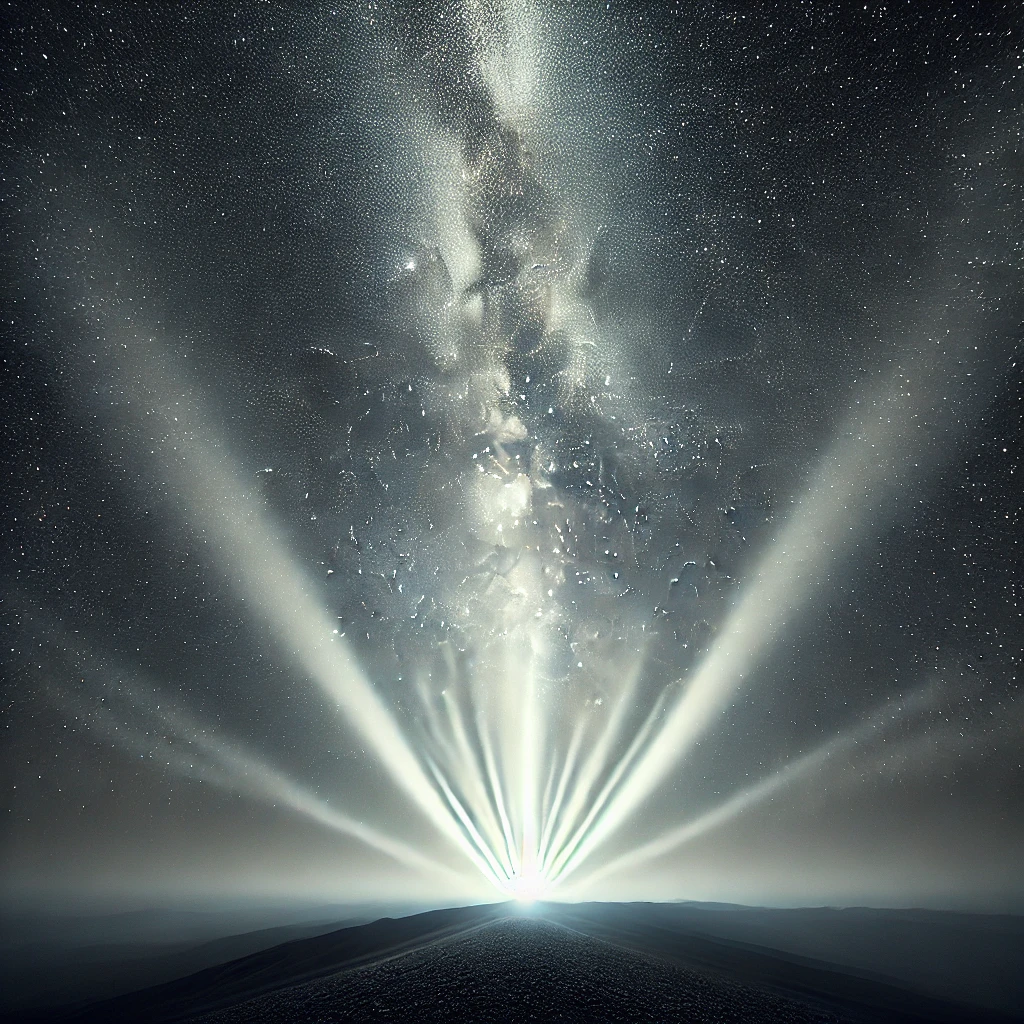Greetings, fellow cosmic explorers! Captain Nova here, reporting from the Odyssey Explorer on Day 45 of our 100 Days of Space Exploration journey. Today, we’re diving into one of the most subtle yet breathtaking celestial phenomena visible to Earth-bound observers: the Zodiacal Light. This ghostly glow, sometimes mistaken for the Milky Way or artificial light pollution, is an ancient whisper of cosmic dust—remnants of our solar system’s earliest days.
Let’s embark on an interstellar journey to uncover what causes this elusive phenomenon, where and when to see it, and why it’s an essential clue to understanding our cosmic origins.

What Is the Zodiacal Light?
The Zodiacal Light is a faint, triangular glow that appears in the night sky, stretching along the ecliptic—the path the Sun, Moon, and planets follow. It results from sunlight scattering off interplanetary dust particles located within our solar system, primarily in the zodiacal cloud—a vast, disk-like region of cosmic debris left over from the formation of planets, comets, and asteroids.
From Earth, it manifests as a soft, ethereal glow just after sunset or before dawn, depending on the season. Unlike the Milky Way, which consists of billions of distant stars, the Zodiacal Light originates much closer to home, making it one of the most compelling natural light shows within our solar system.
Origins: Cosmic Dust and the Solar System’s Birth
The dust responsible for the Zodiacal Light is incredibly fine, often measuring just a few microns in diameter—smaller than a grain of sand. But where does this dust come from? Scientists believe that it originates from multiple sources:
- Cometary Debris – As comets travel through the inner solar system, they shed gas and dust. This material remains suspended in space, gradually spreading along the comet’s orbit.
- Asteroidal Collisions – When asteroids collide, they generate fine dust particles that disperse over time.
- Planetary Formation Leftovers – Some of this dust has existed since the solar system’s birth, remnants of the primordial disk that once swirled around the young Sun.
This cosmic dust interacts with the Sun’s radiation, causing it to scatter light, which we perceive as the Zodiacal Light from Earth’s surface.
Where and When to See the Zodiacal Light
While the Zodiacal Light is ever-present in space, it’s not always easy to see from Earth. Here are the best conditions for observing it:
Best Times to Observe
- Northern Hemisphere: Look for it in the western sky after sunset in late winter and early spring (February to April).
- Southern Hemisphere: Look for it in the eastern sky before sunrise in late summer and early autumn (August to October).
- Around the equinoxes (March and September), visibility improves due to the angle of the ecliptic relative to the horizon.
Best Locations
- The Zodiacal Light is most visible from dark sky locations with minimal light pollution.
- High altitudes and desert regions offer the best chances, as city lights often wash out the faint glow.
- Look for a clear, moonless night, as even a crescent moon can diminish visibility.
The Gegenschein: A Companion to the Zodiacal Light
If you’re lucky enough to witness the Zodiacal Light, you might also encounter a more elusive counterpart: the Gegenschein (German for “counterglow”). This faint glow appears directly opposite the Sun in the night sky, caused by sunlight reflecting off dust particles in the solar system’s Lagrange points—areas of gravitational stability.
Unlike the Zodiacal Light, which extends from the horizon, the Gegenschein is more localized and much harder to detect without extremely dark skies.
The Zodiacal Light in Science and Space Exploration
For centuries, astronomers have been fascinated by the Zodiacal Light. Early observers thought it was a phenomenon within Earth’s atmosphere, but in the 19th century, astronomers like Giovanni Cassini and Nicolas Fatio de Duillier correctly identified it as interplanetary dust.
Modern space missions continue to study this cosmic glow, providing insights into the nature of dust in space and planetary formation. Notable missions include:
- NASA’s Juno spacecraft: Detected tiny dust impacts while traveling through the inner solar system.
- ESA’s Solar Orbiter: Investigates how solar radiation interacts with interplanetary dust.
- Upcoming Artemis and lunar missions: Will examine how interplanetary dust interacts with the Moon’s surface and space weather.
Understanding the Zodiacal Light helps scientists refine models of how planets and moons form, how comets evolve, and how cosmic dust interacts with solar wind.
Why the Zodiacal Light Matters
Beyond its breathtaking beauty, the Zodiacal Light serves as a living fossil of the solar system’s formation. Each particle of dust floating in this cloud tells a story—one that dates back to the time when Earth and the other planets were just beginning to take shape. By studying this celestial glow, we gain clues about the origins of our world and our place in the universe.
Additionally, the presence of interplanetary dust is crucial for space travel. As we venture beyond Earth, understanding how dust affects spacecraft and planetary atmospheres becomes essential. The thin veil of dust that creates the Zodiacal Light may also serve as an analog for dust clouds in other planetary systems, giving us a glimpse into how exoplanets form around distant stars.
Final Thoughts
The next time you find yourself under a dark, starry sky, take a moment to look for the Zodiacal Light. It’s a bridge between Earth and the vastness of space, a reminder that we are part of something far greater—a solar system in constant motion, shaped by the remnants of creation itself.
As we continue our cosmic journey, we’ll explore another fascinating solar phenomenon in our next entry: Solar Flares! Stay tuned as we unravel the Sun’s powerful eruptions and their impact on space and Earth.
Until then, keep your eyes on the stars, and as always, stay curious!
Captain Nova
Odyssey Explorer
Leave a Reply